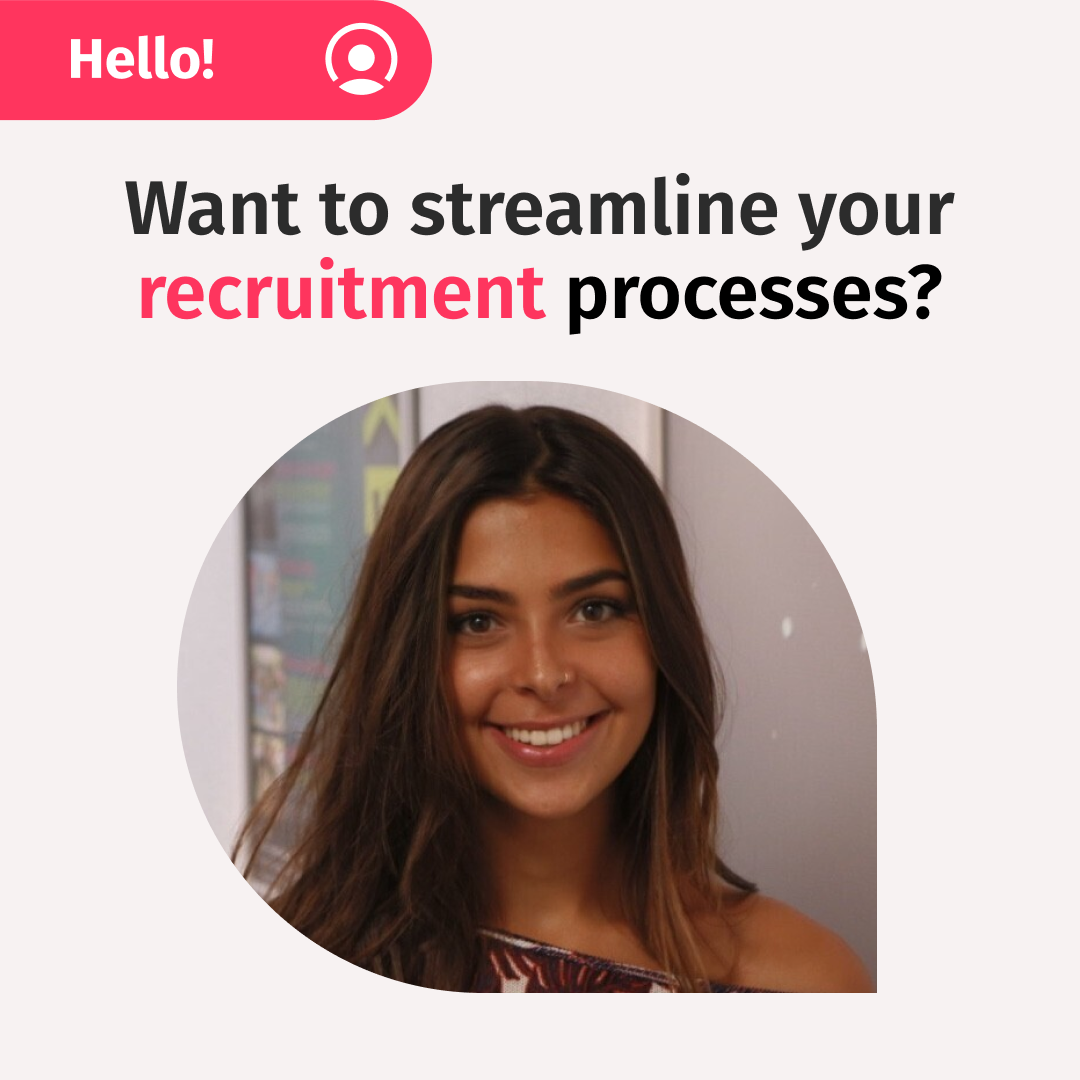Unlike active recruitment, where candidates search and apply for advertised positions, passive recruitment puts the onus of initial contact on the employer. In other words, passive recruitment involves reaching out to potential candidates who are not actively job-hunting but possess the skills and experience desired by the organisation.
It’s much harder to convince passive candidates to apply for a job than to advertise. Yet, recruiters make this additional effort because exceptional candidates often need some convincing. These folks are the cream of the crop. They have the skills you need and aren’t desperate to land a job – also, therefore, unlikely to embellish their skillset or accept a position they feel lukewarm about.
The payoff of convincing passive candidates is immense. Data on passively recruited employees show they are 120% more likely to have intentions of adding value, 17% less likely to need additional skill development, and almost twice as likely to be hired than an active candidate.
Due to the nature of passive recruitment, the message you convey in your initial outreach can make or break your chances of success. This initial outreach will likely happen in written form, such as an email on InMail.
In this guide, we’ll delve into the art of drafting effective messages for passive recruitment that will help you pique interest in exceptional talent. These guidelines apply whether you’re contacting a single candidate via direct email or managing outreach efforts at scale via a candidate relationship management system (CRM).
Table of Contents
- Step 1: Understand the Target Audience
- Step 2: Craft a Compelling Subject Lines
- Step 3: Write Attention-Grabbing Opening Lines
- Step 4: Provide a Clear Call to Action
- Step 5: Optimise the Email for Better Readability
- Step 6: Personalisation and Follow-up
- Step 7: Review and Optimise Email Performance
- Conclusion
- FAQs
Step 1: Understand the Target Audience
Before drafting any recruitment email, it’s essential to understand who will read it. What benefits would the reader see in exploring a career opportunity at your organisation from this single interaction?
The answer is different for everybody. As much as it would save time to bulk-send one message to hundreds of people at once, you won’t impress anyone that way. If your message is generic, you might as well write it in a job listing and promote it in your usual recruitment marketing channels.
Still, you don’t have to write every outreach email from scratch. To a certain degree, you can templatise your outreach emails so that each one you send is brand-consistent and professionally worded. Depending on the role and recipient, you can then build on this template with customisation.
Suppose the people you want to reach with passive recruitment are ones you’re aware of due to employee referrals, networking efforts, or professional connections. In that case, you already know something about their job or expertise. This should come through in how you customise your outreach.
You can also tailor messages to resonate with different demographics, such as entry-level professionals, mid-career specialists, or senior executives. For a junior position, highlight opportunities for career advancement at your company. For a senior role, you can talk about exciting projects and areas where their specific skills and experience would drive value.
Step 2: Craft a Compelling Subject Lines
A rule in marketing that also applies to recruitment outreach is to make the most convincing aspect of your offer the headline. In the case of an email, this is your subject line. Just like an email from your favourite retailer may have a subject line like “50% Off Today Only” or “New Limited Releases,” you want to convey a sense of urgency and value in your subject line for your outreach.
As before, when we spoke about audiences, the high-value aspect of your outreach will depend on who you’re talking to. For a mid to high-tier role, it could be “Here’s your chance to manage an award-winning team.” For an internship, a subject line like “Put your career on the fast track” aligns better with your ideal candidate’s priorities.
Incorporating personalisation, such as addressing recipients by name or referencing their professional achievements, can make your subject line especially engaging. Many CRMs can insert these details into email templates using title tags. Furthermore, including relevant keywords related to the industry or job role can improve the chances of your email being opened and read.
Step 3: Write Attention-Grabbing Opening Lines
Once you’ve enticed recipients to open your email, you must hook them with attention-grabbing opening lines. Now is not the time to bury the lead by discussing your company’s history or achievements.
In the first paragraph of your email, you should point out how landing the role will directly benefit the reader. You can mention a competitive salary range, a sought-after benefit such as flexibility or unlimited paid time off, or a high-profile project they’ll be working on.
Once you’ve established this immediate value, you can give more background about how great it is to work at your org. Consider highlighting your company’s culture, perks, or recent achievements. Additionally, mentioning any mutual connections or shared interests can establish a sense of familiarity and rapport right from the start.
You can also elaborate on the value proposition of the job opportunity. Highlighting career growth opportunities, competitive salaries, and attractive benefits can persuade passive candidates to consider exploring further. Emphasising work-life balance initiatives or flexible working arrangements can also appeal to candidates seeking a better quality of life.
Step 4: Provide a Clear Call to Action
Every recruitment email should include a clear and compelling call to action that prompts recipients to take the next step.
Make it easy for candidates to engage with your organisation further. To apply for the position is a big ask, so start small. The action can be to connect with you on LinkedIn, schedule an informal meeting, or read more about the job opening on your company’s website. They must be able to perform this action in the email by clicking on a link.
Step 5: Optimise the Email for Better Readability
A person who opens an unsolicited email and finds a short story will likely close or delete it outright.
You need to keep your outreach email as concise as possible. Keep it to two or three paragraphs of high-value information plus your call to action. You can always set up a drip campaign in your CRM that emails them a few days later with more details.
When it comes to email formatting, simplicity is once again crucial. Use short paragraphs, bullet points, and subheadings to break up the text and make your message easier to skim AND digest. While visual elements can enhance the overall appeal of your email, use them sparingly to ensure compatibility across different devices and email platforms.
Step 6: Personalisation and Follow-up
Personalisation should continue after the initial email into the whole recruitment journey. Granted, this is easier to achieve when you have a sophisticated CRM.
Follow-up emails tailored to recipient actions, such as opening the email or clicking on links, can help nurture relationships and keep passive candidates engaged.
These triggers are often used in marketing automation. Retailers send emails to remind you of something in your cart, right? You can use the same strategy with candidates who started an application process but abandoned it halfway.
Send personalised follow-ups thanking recipients for their interest or providing additional information about the job opportunity. A nice gesture that shows you’re rooting for them is to include resources that would make them feel good about their chances of getting hired. You can, for example, send them information on your company’s interview format or hiring criteria.
Step 7: Review and Optimise Email Performance
The emails you use for passive recruitment should be dynamic. Constantly be on the lookout for ways to improve and refine your results.
Pay attention to metrics tracked by your CRM, such as open rates, response rates, and click-through rates, to gauge the effectiveness of your campaigns. Based on feedback and data, adjust your email strategy to optimise results continually.
You can also analyse the performance of your templates based on the applications you get from outreach efforts, the percentage of applications that lead to hires, and the quality of those hires.
A low application conversion rate may point to an issue with how you present the opportunity. A high number of hires from your passive recruitment may seem significant, but if these hires show high first-year attrition, there could be a disconnect between what you promise during recruitment and the job in real life. This data should be readily available if you’re tracking people analytics in an HR software, such as a human resources information system (HRIS).
Conclusion
Drafting emails for passive recruitment requires a blend of creativity, strategy, and attention to detail. By understanding your target audience, crafting compelling messages, and leveraging personalisation techniques, you can attract top talent and build a pipeline of high-value candidates for your organisation.
FAQs
How often should I follow up with passive candidates after sending an initial email?
It’s essential to strike the right balance between persistence and respecting boundaries. Generally, sending a follow-up email one week after the initial contact is a good practice.
Should I include salary information in recruitment emails?
Including a salary range can be a compelling selling point. Many employers find it’s best to discuss specific details during later stages of the recruitment process, such as during interviews or negotiations.
What role do subject lines play in email open rates?
It’s huge! Subject lines determine whether recipients open an email or ignore it. A well-crafted subject line should be concise, intriguing, and relevant to the content of the email.
How can I personalise recruitment emails at scale?
Leveraging email automation tools and candidate relationship management (CRM) software can help streamline the process of personalising recruitment emails at scale. These tools allow you to segment your audience, create personalised templates, and track recipient interactions.
What should I do if a passive candidate expresses interest in a job opportunity?
Responding promptly and providing them with any additional information they may need is essential. Schedule a follow-up conversation to discuss the role in more detail and explore the next steps in the recruitment process.
Since you’ve reached out to them, show candidates that you want them to succeed in getting hired by sharing resources to help them with the application and interview process.
Author Bio

Frieda-Marié de Jager is the Melbourne-based Senior Content Marketing Editor for SelectSoftware Reviews— the authority on top solutions and vendors in the HR Tech space. She writes about technical subjects, including corporate compliance, workplace issues, and customs law. She holds a BTech degree in design and is a published short story author in her homeland, South Africa.
Frieda is an avid content strategist, editor, writer, and graphic designer. In addition, she develops online learning material and has led world-class design and marketing teams.









